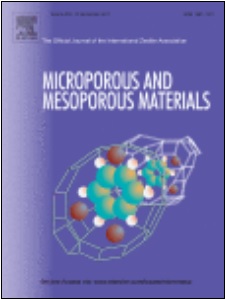An ordered mesoporous silica material, SBA-15, with a hexagonally arranged structure of pores, was applied as a potential nanocarrier for a poorly soluble calcium channel blocker, nifedipine. Nifedipine-loaded samples were analyzed both before and after chemical washing and compared to bulk nifedipine reference. The physicochemical properties were defined by a number of experimental techniques, including differential thermal analysis (DTA), X-ray powder diffraction (PXRD) and Fourier-transform infrared spectroscopy (FT-IR). Analysis of the dissolution profiles revealed that the release rate of the encapsulated nifedipine is at least two orders of magnitude higher than the dissolution rate of the thermodynamically-stable crystalline form. Further employment of 13C and 1H solid-state NMR techniques provides a comparison of the molecular dynamics of nifedipine in both bulk and confined states. Such a comparison revealed that nifedipine adsorbed in pores is in an amorphous state and has additional degrees of rotational freedom with respect to the crystalline state. The higher mobility of nifedipine molecules confined in silica matrix can explain its higher release rate with respect to the bulk form.



